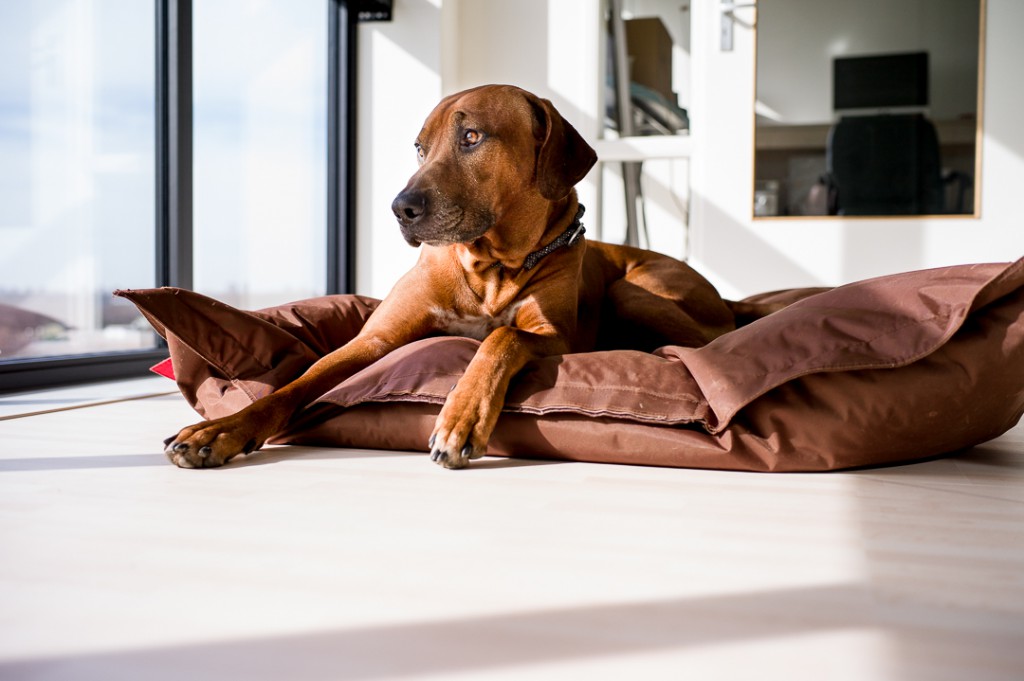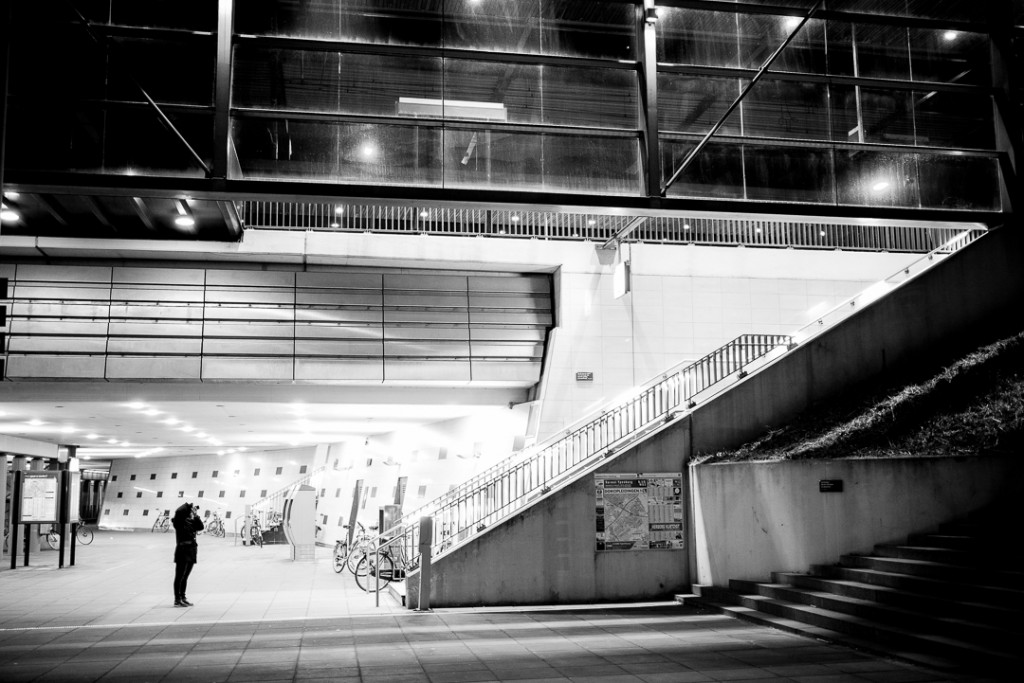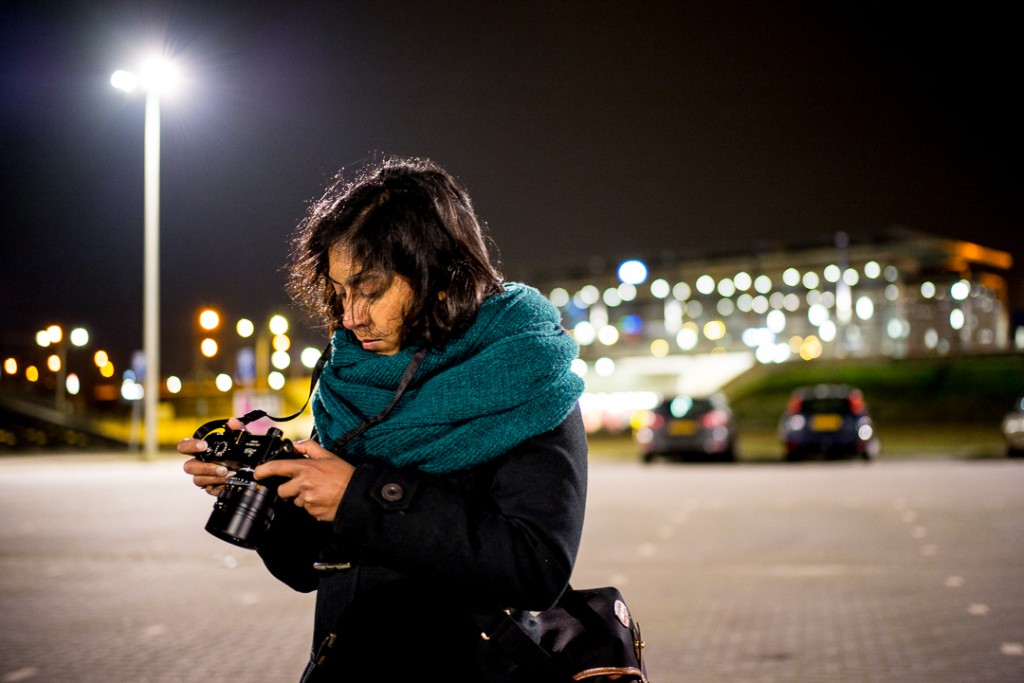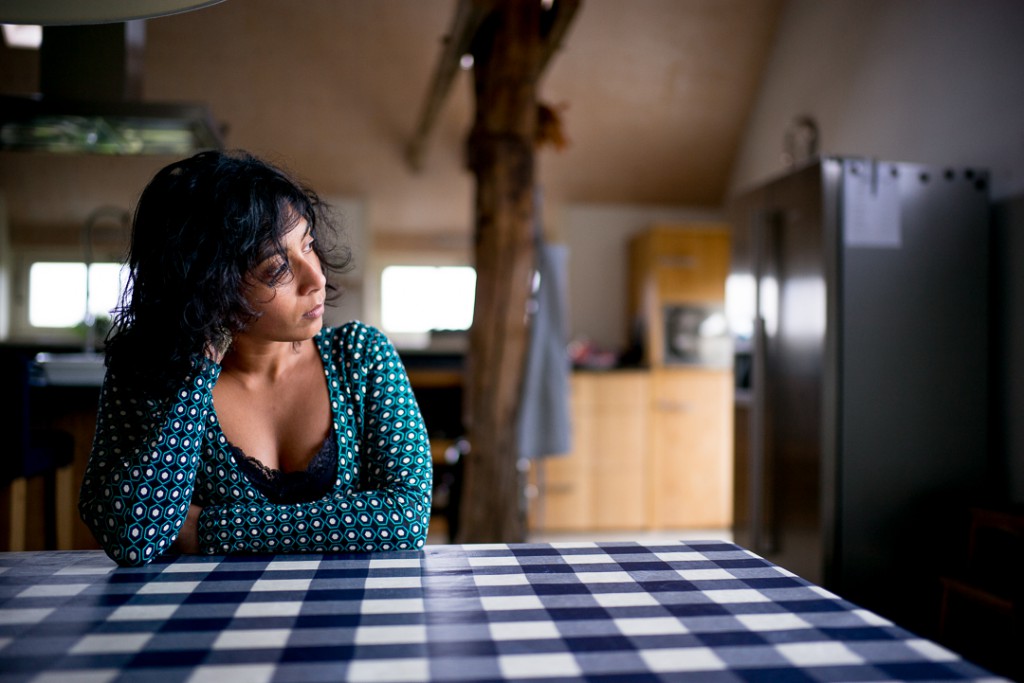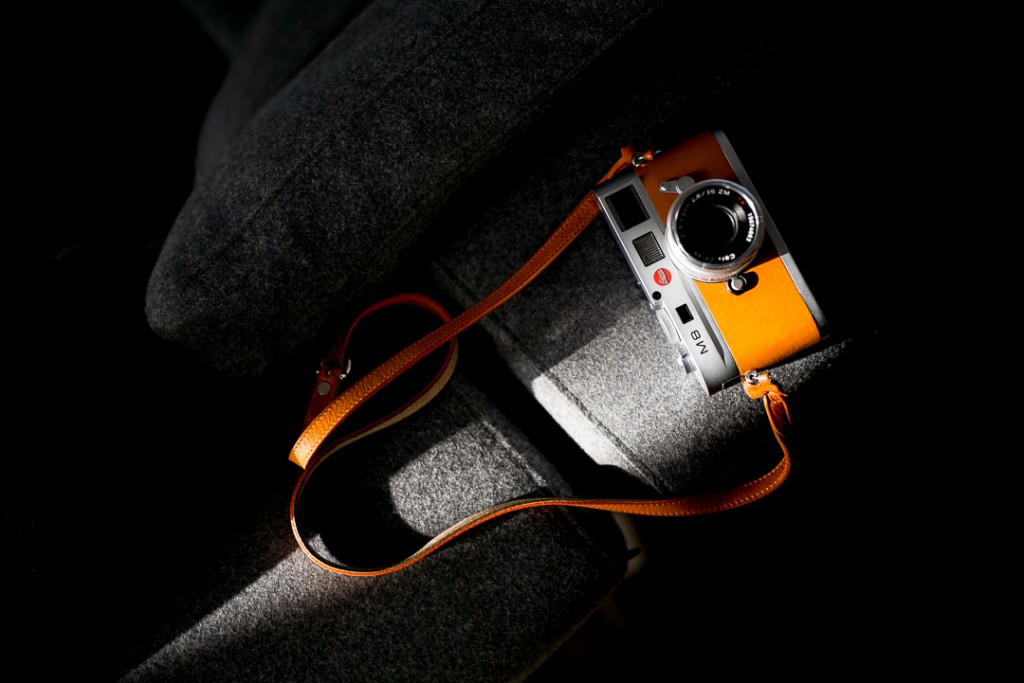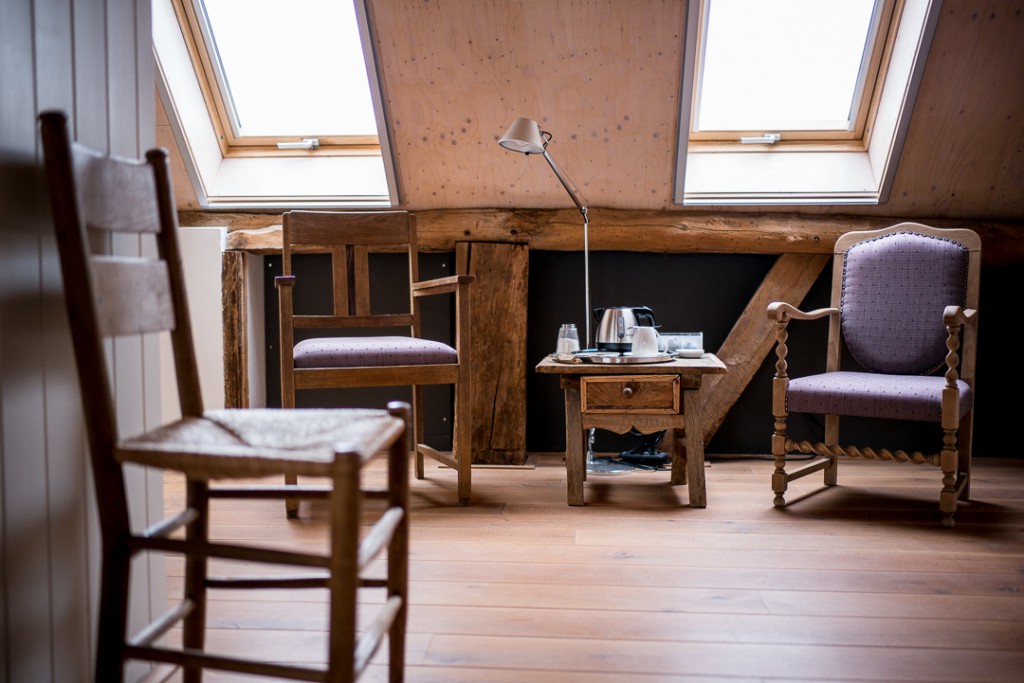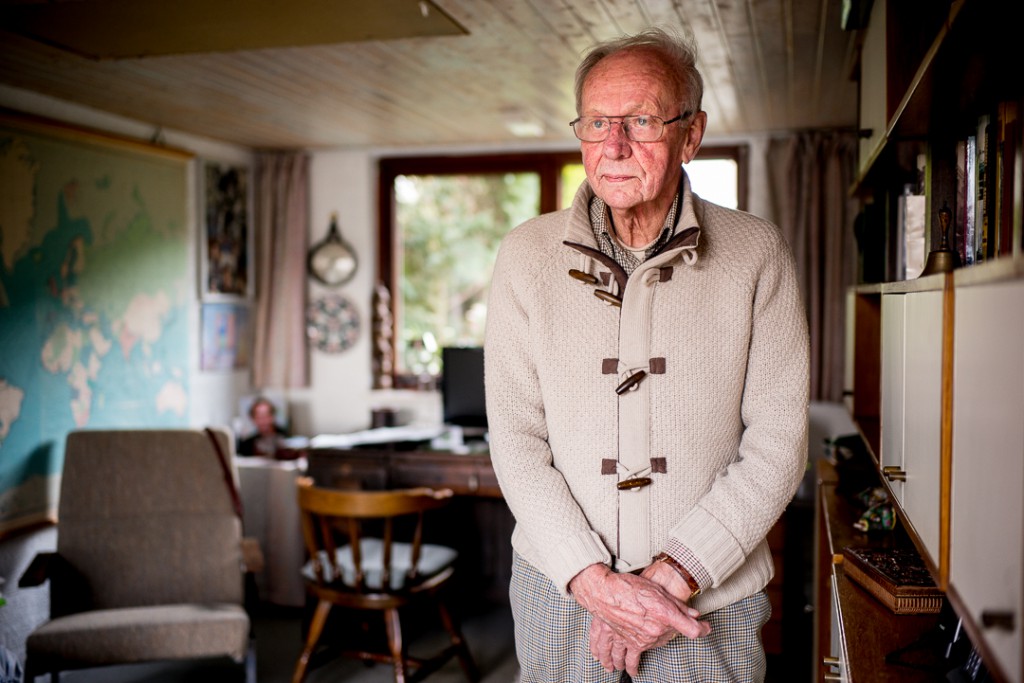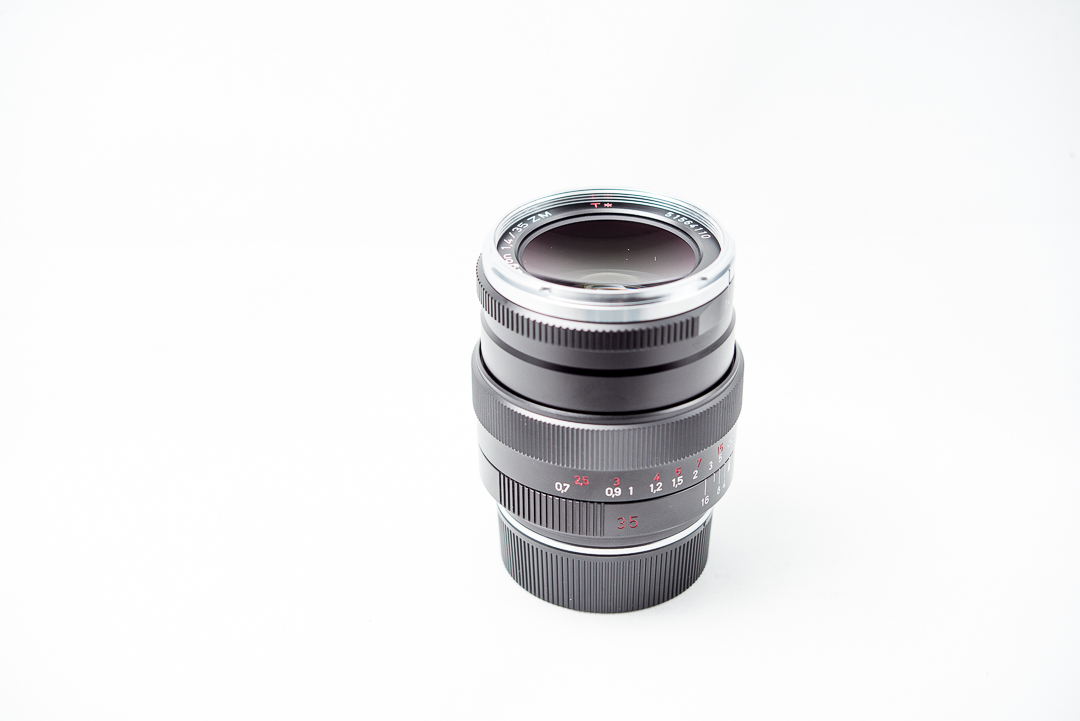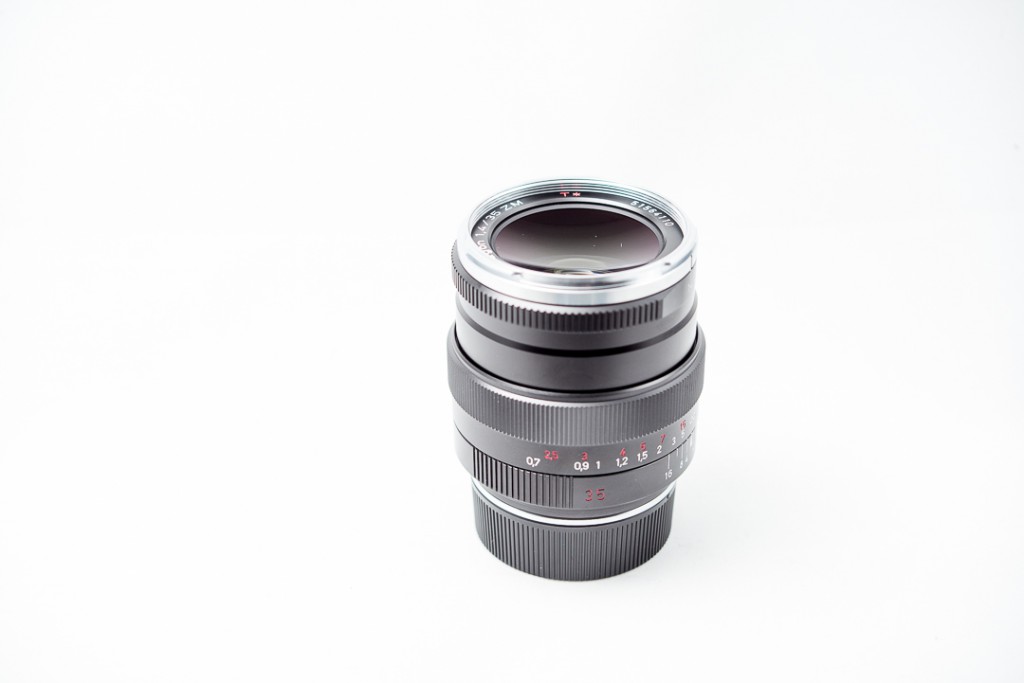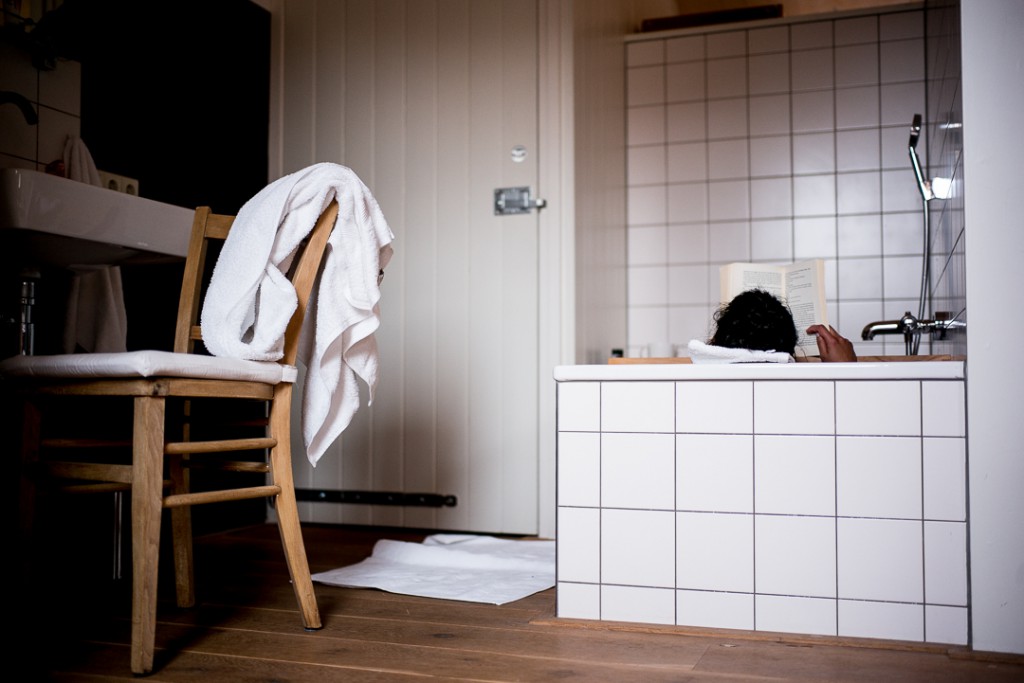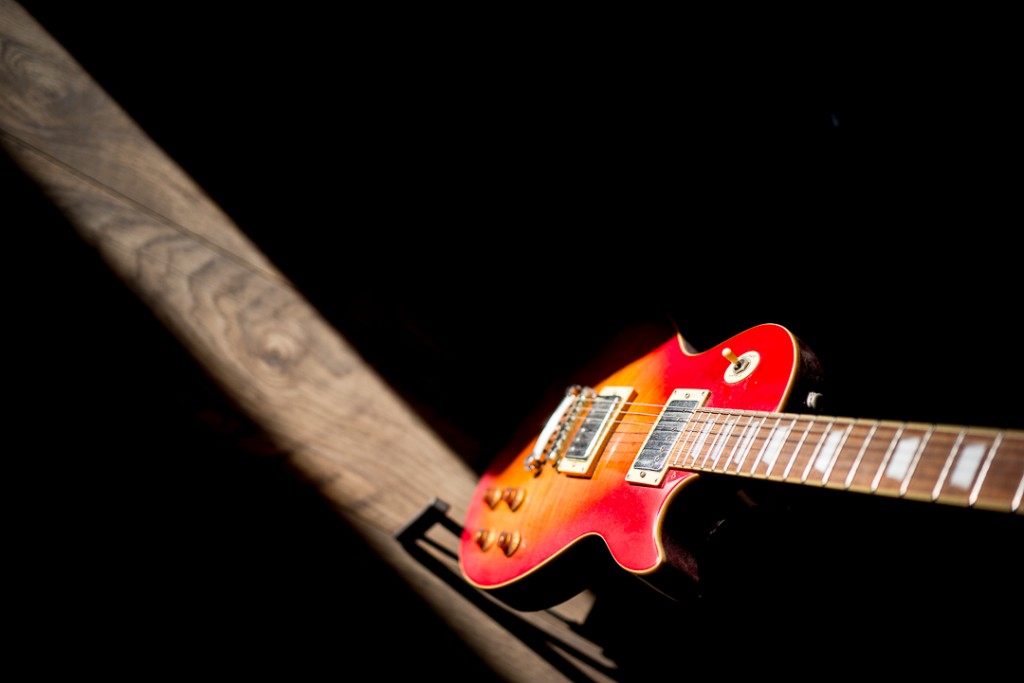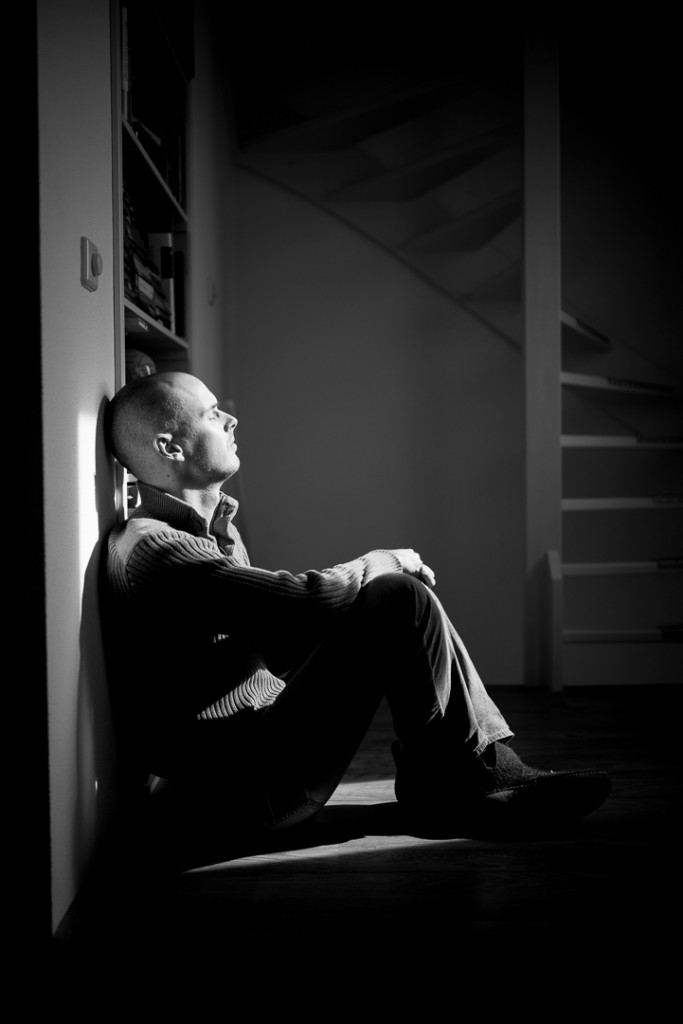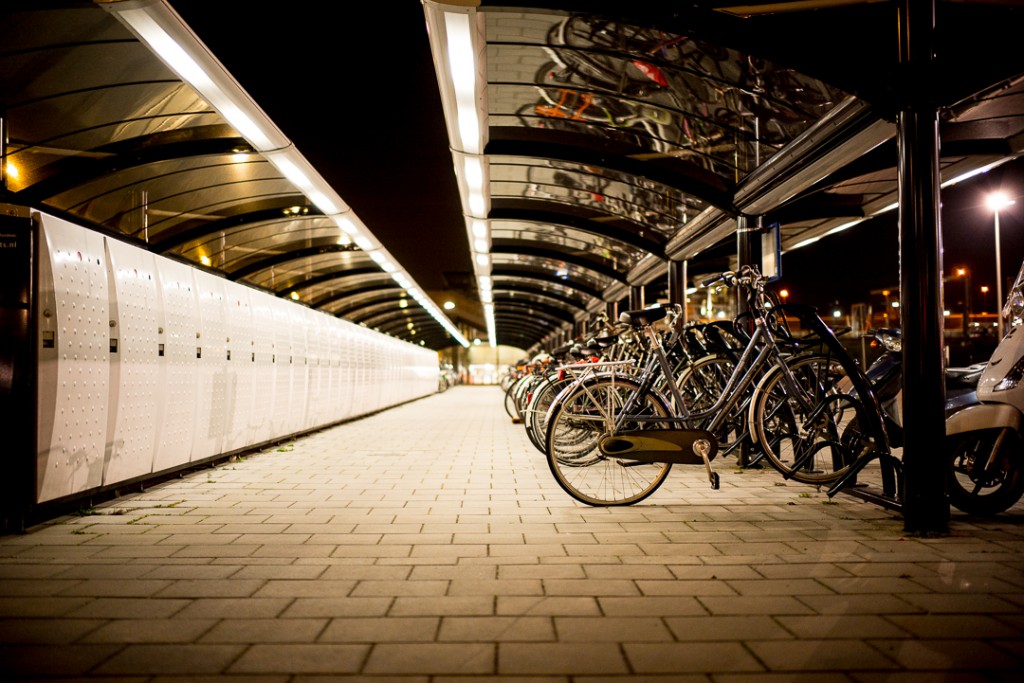Recently I had the opportunity to shoot with the brand new new Zeiss ZM Distagon 35/1.4. It was kindly loaned to me by Transcontinenta in the Netherlands and of course, I couldn’t resist the temptation to accept the offer.
A fast 35 is a very useful piece of equipment for the rangefinder photographer. It allows you to work with very little light in reportage settings, but it also provides a shorter depth of field for compelling environmental portraits. My own fast 35mm, the CV35/1.2, is still one of my main lenses. There have been weddings where this was my only lens for the whole day. Now, with the better high ISO of the M240 and with my Noctilux, this is no longer the case, but a fast 35 is still very important.
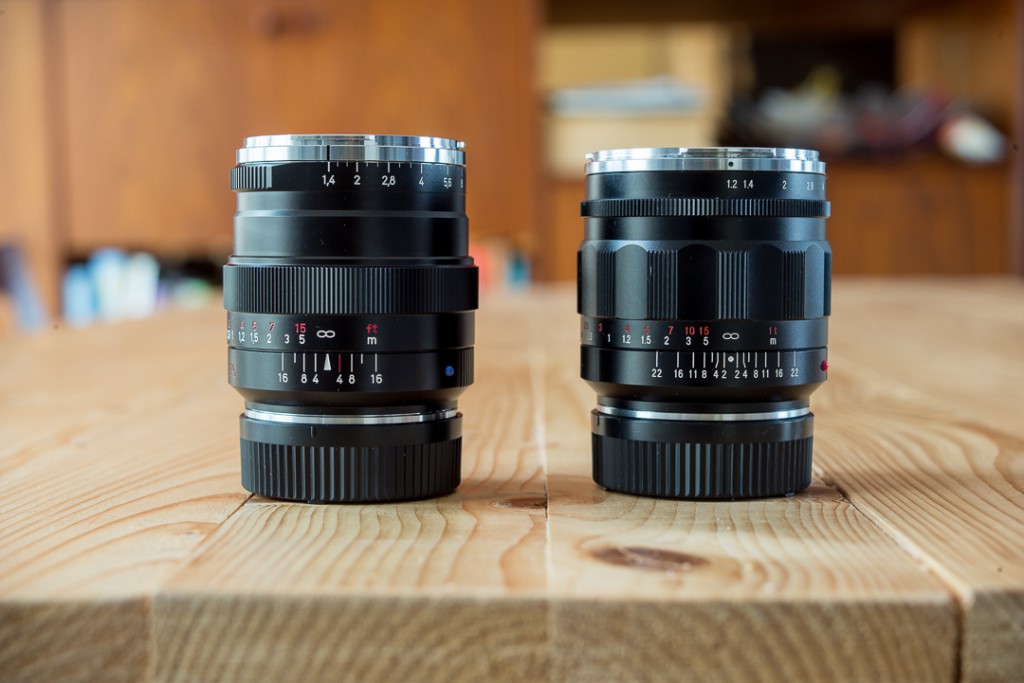
My first excitement didn’t exactly grow when I saw that big lump of steel lying in its cardboard box. It seemed to be almost as big as my trusty CV35/1.2 which is even half a stop faster. It felt a little lighter though and even more important: it felt sturdy and nicely built. But man, it IS big and heavy. Fortunately, that’s the only bad news.
Build quality and ergonomics
Although a bit heavy and big, I must say that this lens feels fantastic. The aperture ring is perfect: in fact, I prefer this much more solid clicking aperture ring to most of my Leica lenses. You won’t move this ring by accident and each click is just solid. With Leica, it often feels that if your lens is on the widest aperture, you can still give it a third click to the right, but it doesn’t do anything to your aperture. The third stop clicks are something you’ll have to live with. If you’re used to the half stops on Leica lenses, this might take some getting used to, but for me, I shoot my lenses wide open most of the time. Not only because I like it, but also because I shoot a lot in near-darkness situations more than I’d want to.
I prefer this much more solid clicking aperture ring to most of my Leica lenses…

I’m used to big and heavy lenses, but if you aren’t: this is not a lens-camera combination you’d want to carry all day with you. You’ll need a grip on your Leica M, or at least a thumbs-up to correct the balance on the camera. Also, expect quite a bit more viewfinder blockage compared to a regular F2 lens. Again, for me these things are no real drawbacks for my professional use and for recreational use I don’t need an F1,4 lens. I wouldn’t carry this lens with me on a trip, but neither would I consider taking my Noctilux on a trip. Each lens has its use in my opinion.
Each lens has its use in my opinion…
You’ve heard me talking a lot about focus throws and I think this Zeiss lens is a bit on the short side. But for a reason. Most people that buy a 35mm lens will use it for reportage photography, travel photography and environmental portraits. For this kind of photography a short focus throw is useful: it allows quick focussing and the bigger depth of field will take care of slight focussing errors. With a longer and faster lens, which you’ll use for portraits, a very accurate focus is more important and that’s why these lenses usually have a longer focus throw. Although there is a tendency (at least at Leica) to make these focus throws shorter in long lenses as well. Too bad.
The Zeiss 35/1.4 has a focussing tab that is way less pronounced than in Leica lenses..
The Zeiss 35/1.4 has a focussing tab that is way less pronounced than in Leica lenses. It’s more a knob than a true tab, but you could focus your lens with one finger, if this lens would focus smooth, which it doesn’t. Don’t be put off, because new lenses always are a little stiff when it comes to focus rings.
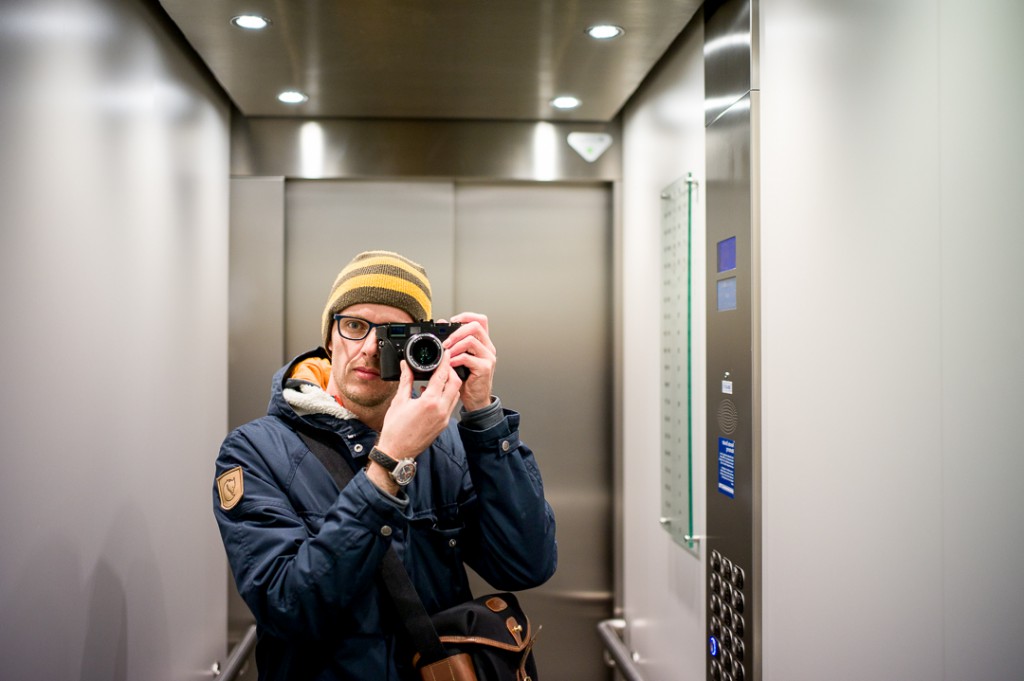
Sharpness, bokeh and rendering
I thought my CV35/1.2 was decently sharp at 1.4. That is, until I took a test shot and compared the two lenses in the same situation. The Voigtländer doesn’t stand a chance. At all. I’m not sure it would be fair to say that the CV is muddy, but compared to the Zeiss, it definitely is. But maybe it’s better to state that the Zeiss is just extremely sharp, even at 1.4. It’s not just the sharpness, but also the Leica-like microcontrast that makes this lens very interesting.
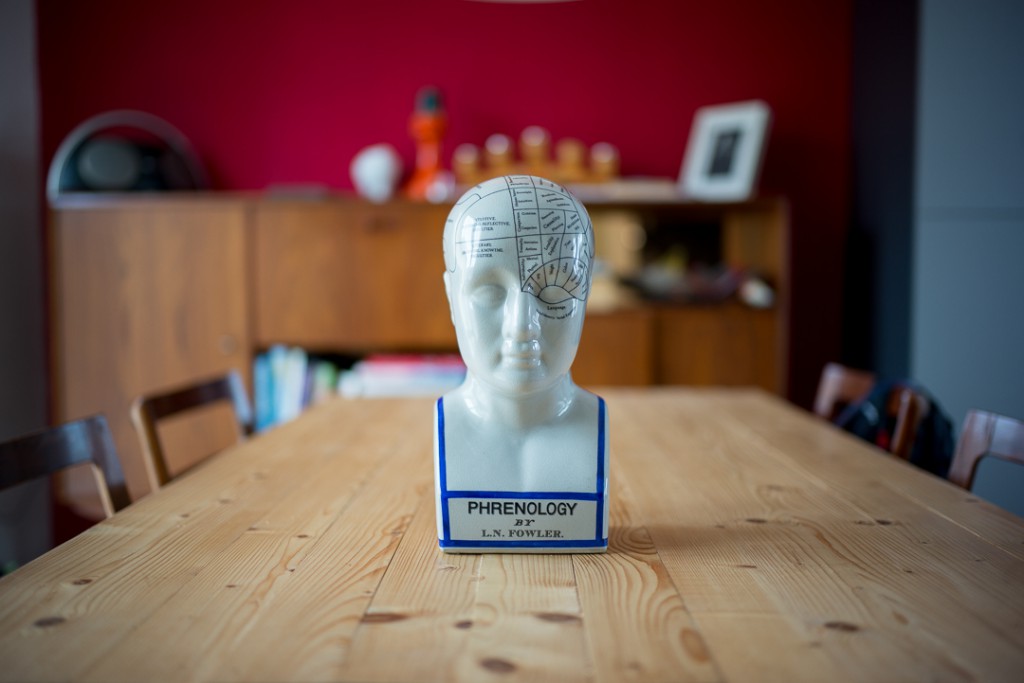
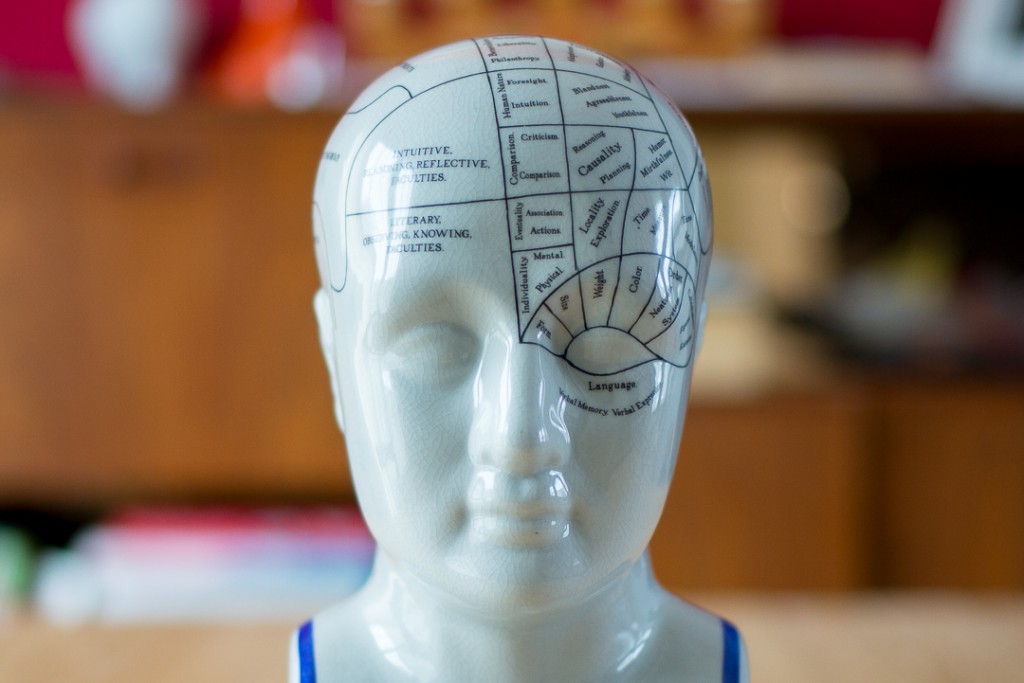
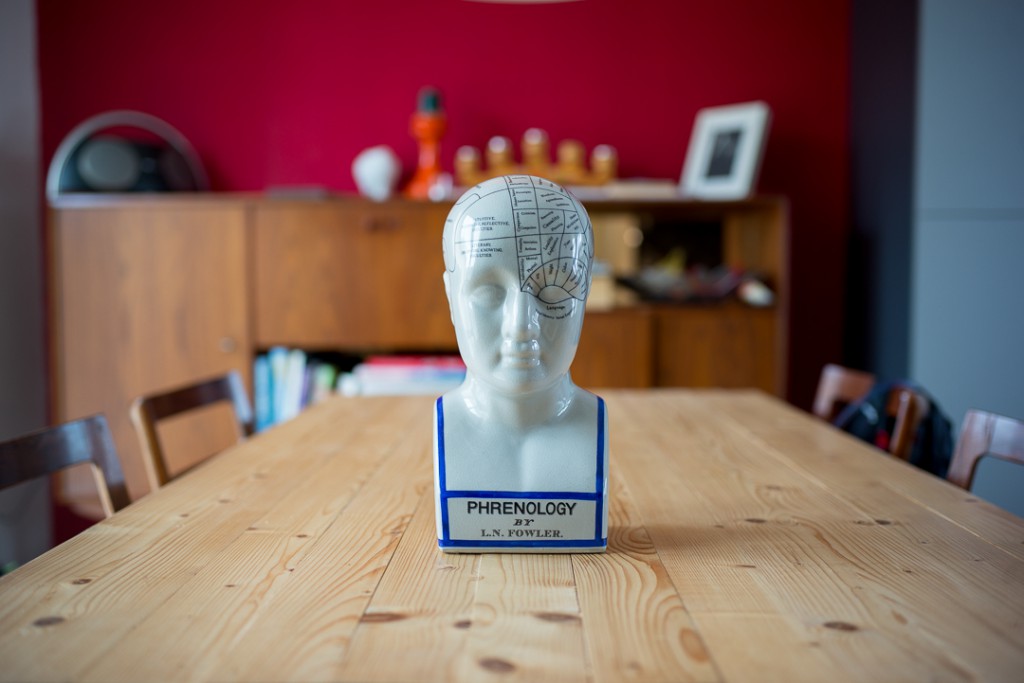
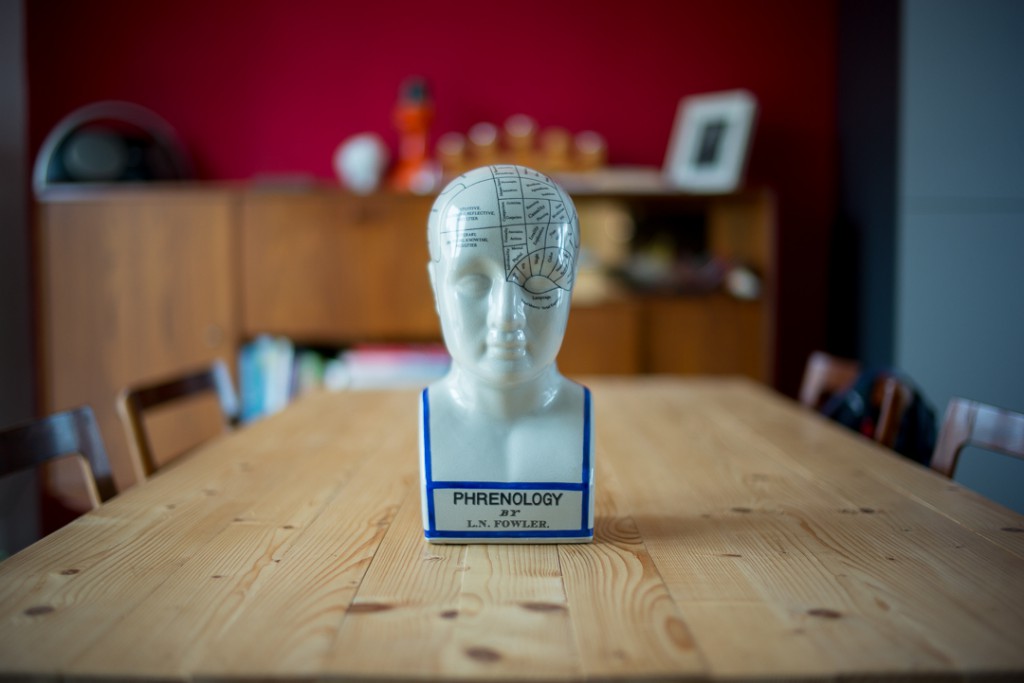

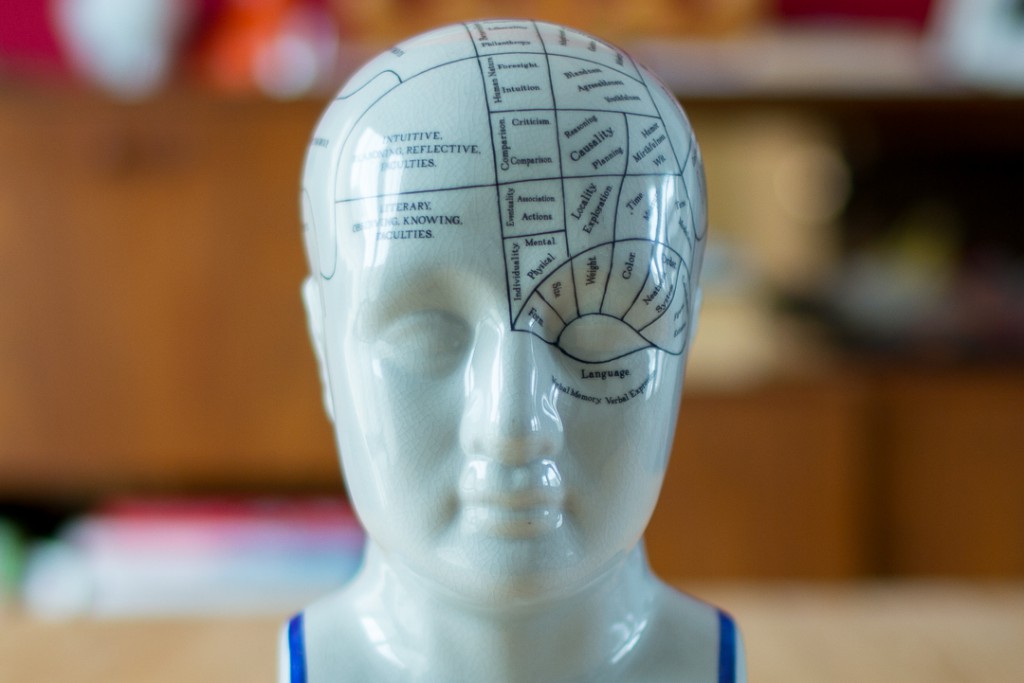
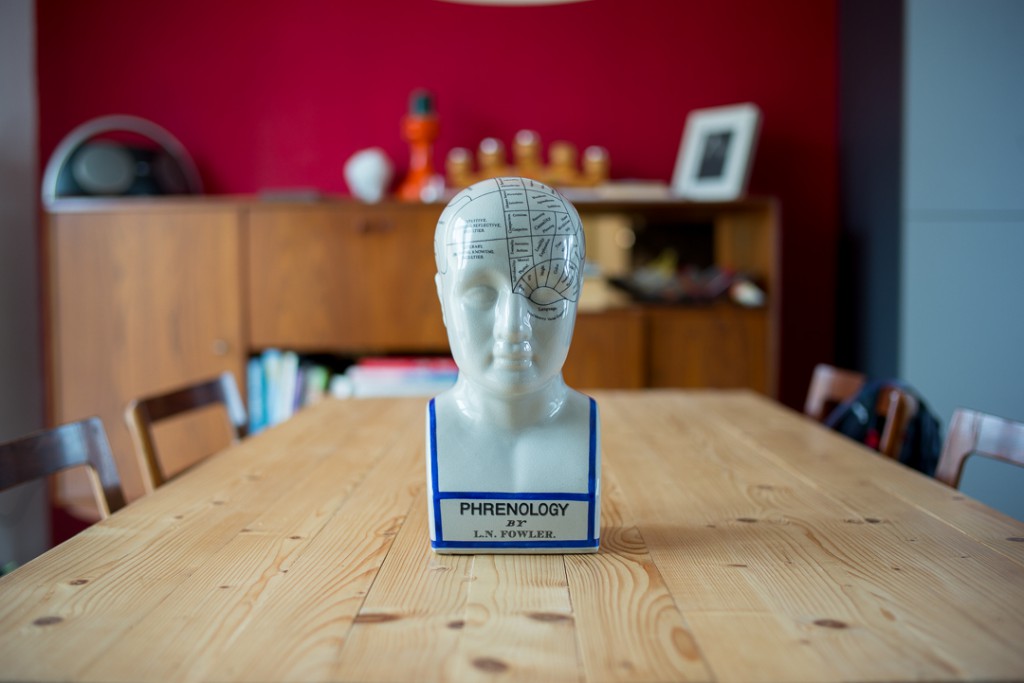
I’m not really a landscape shooter and therefore I’m not really interested in corner to corner sharpness. In my experience, most lenses will get sharp enough corner to corner when you stop them down enough. What I am interested in, is the way a lens renders wide open. Not just the sharpness, but the transition to out of focus areas is one of the key ingredients that define the signature of a lens. And with this Zeiss lens, I like what I see. It renders quite 3D like and creates nice out of focus areas with a smooth transition to the in focus areas.
It renders quite 3D like and creates nice out of focus areas with a smooth transition to the in focus areas…
I didn’t find many lens aberrations. No remarkable chromatic aberration and in the night shots you can see that highlights are rendered acceptably.
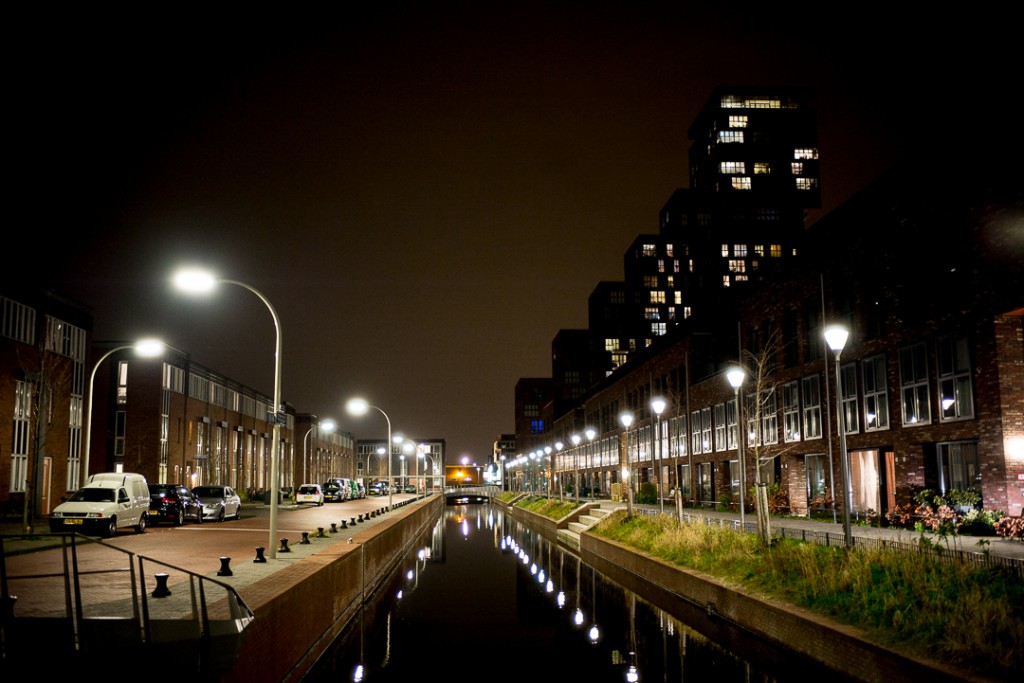
Conclusion
The main question for most people will be: is this lens a Leica 35 Summilux for less than 50% of that price? I wish I could tell you, but I don’t have that lens. What I can tell you is that the Leica is 60 grams lighter and quite a bit smaller than the Zeiss. Also, the Leica comes with a lens hood, whereas the Zeiss doesn’t. For me, buying a Leica also means buying service. Rangefinders drift, lenses wear and drift and every now and then, they need calibration. With a Leica lens, you just send the whole kit to Wetzlar and they’ll take care of it.
While the new Zeiss may be a strong competitor for the Leica 35 Lux, it also is a competitor for the CV35/1.2. Yes, it is quite a bit more money than the CV35/1.2, but it is a far better lens and price wise, it is placed between the other two fast 35 lenses.
Would I buy it? Yes, I could, as a replacement for my CV35/1.2. And because this Zeiss lens is so sharp, I might even leave my 35 Cron at home for wedding assignments. For traveling and everyday shooting, I’d prefer my 35 Cron though, because of the huge difference in size and weight.
So, in summary, if you need a fast 35 for everyday use and traveling: get the 35 lux. If you can live with a slower lens: get the 35 Cron. If you need a fast 35 as an extra lens, or don’t mind carrying a big lens, this new Zeiss 35 distagon will be your best option.
